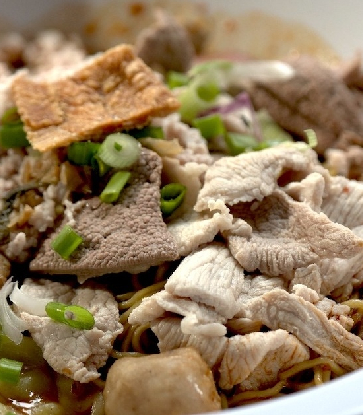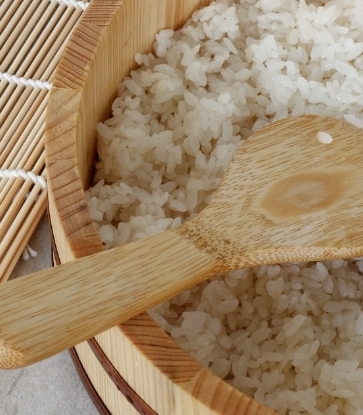
Made from buckwheat flour, soba is a traditional noodle dish in Japan. It is considered to represent Japanese cuisine, together with sushi and tempura. Long and thin, soba looks similar to spaghetti, except that it is chestnut in colour and nutty in flavour. Because soba is made from buckwheat flour, it is gluten-free and also lower in calories than other types of noodles. Soba can be eaten hot or cold in various ways, but one of the most popular ways of eating it is by dipping in flavoured sauce. This dish is known as zaru soba.

Banh pho are flat Vietnamese rice noodles. Made from rice flour and water, they are white at first, but become translucent when cooked. These noodles are available both fresh and dried. The dried variety cooks into a chewy texture that is nearly as good as fresh banh pho. Although the noodles have no flavour on their own, they are absorbent of other flavours, making them flexible and complementary to different types of soups. Particularly used in pad thai, a Thai dish, banh pho is also widely used in pho soup, a Vietnamese savoury broth that comes with tender slices of beef.

Lamian translates from Chinese as “pulled noodle”, referring to the athletic technique used to make the thick strands of pasta. The noodle first originated during the Tang Dynasty, amongst the Hui people of China’s Gansu province. Lamian is hand-pulled: made by twisting, stretching and folding the dough into ribbons, using the weight of the dough. It is made with only flour, thus the taste of these noodles is heavily dependent on the flavour of the soup broth, usually a beef- or mutton-flavoured soup.

Made from sweet potato starch, dangmyeon is also known as the glass noodle. However, it doesn’t taste like sweet potato, because it is made from its starch. It turns transparent after being cooked. The noodles are most commonly used in japchae, a popular Korean noodle dish stir-fried with vegetables and meat. The chewy, rubbery and springy texture of dangmyeon complement the strips of beef and various vegetables (carrots, mushrooms and onions). The result is an colourful dish that is commonly found at Korean gatherings.






















